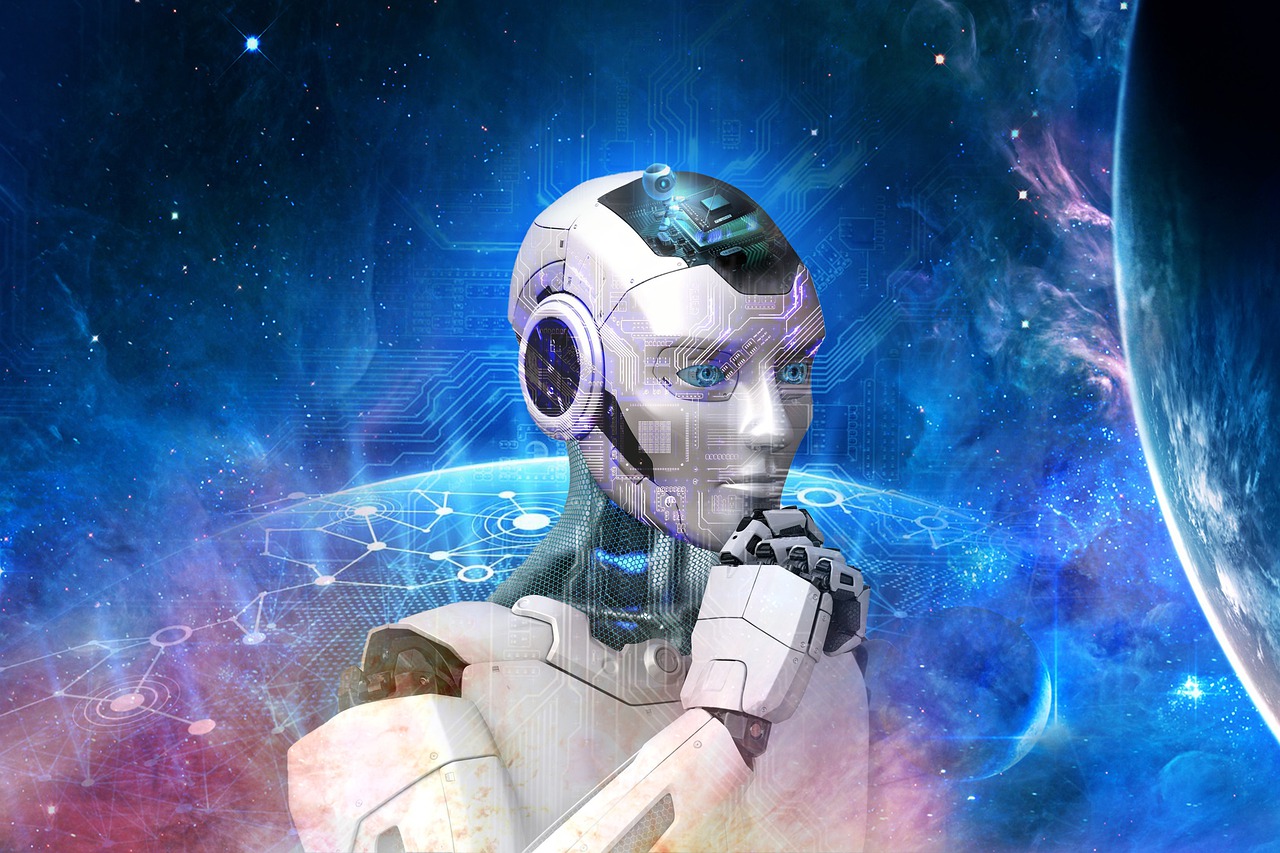Most of us heard about the benefits that artificial intelligence software development companies bring to businesses from different industries. But what if it can be combined with augmented reality to create even more innovative solutions?
Artificial intelligence and augmented reality are different from each other, yet these two technologies compliment one another in terms of technological concepts. According to mobile app developers, these technologies have the most potential for creating exceptional mobile experiences for users.
How Do Augmented Reality And Artificial Intelligence Combine To Create New Mobile Experiences?
Augmented reality and artificial intelligence make an excellent digital duo. When AI is included in an AR application, it may be more helpful. Mobile app developers may produce more exciting applications because of the natural link between augmented reality app development and artificial intelligence.
Incredible AI And AR Collaborations
Combining augmented reality and artificial intelligence is likely to impact customer experience substantially. Companies are working on succeeding mobile applications that use AR and AI technology. Artificial intelligence is the heart of all AR platforms.
Even though Artificial Intelligence and Augmented Reality are two different technologies, they may work together in several ways. By integrating their greatest features and attributes, they may create exceptional mobile experiences. AR can have a multidimensional connection with the actual world with the help of the artificial intelligence. With your eyes, voice, and hands, you can manipulate 2D and 3D virtual things.
In four to five years, demand for augmented reality is likely to rise. As a result, the search for competent AI and augmented reality software development kits (SDK) and application program interfaces has begun.
The Current State Of AI And AR SDKs And APIs
The number of business opportunities expands exponentially as the features of existing SDKs (Software Development Kits) and APIs (Application Programming Interfaces) quickly develop. Consider the following examples:
- Vuforia – is an Augmented Reality SDK that enables app developers to construct mobile-centric, immersive augmented reality experiences. It can handle both android and IOS, allowing businesses to produce apps with minimum technical and commercial risk.
- ARCore – is Google’s AR SDK. Developers may use it to get their augmented reality apps up and running on mobile devices. ARCore is an iOS framework that allows developers to create rich and immersive augmented reality experiences for mobile devices.
- Core ML – a machine learning framework found on all Apple devices. API allows you to forecast live visuals on real-time devices. Its main advantages are its reduced latency and near-real-time outcomes. Core ML is a program that may operate without a network connection.
- TensorFlow Lite – is a machine learning framework for mobile devices that is free to download. Developers may use TensorFlow Lite to add their customized models.
Practical Applications Of AR And AI
Combining augmented reality and artificial intelligence offers up a world of possibilities. Here are a few examples of how well this combination works in the digital age.
- Speech recognition – augmented reality effects appear in front of you when an artificial intelligence system listens to what you state.
- Users may visualize how an item will look and fit in a certain position using image recognition and image tracking. AR and AI technologies enable users to convert still images of things into still images of a room, assisting them in making decisions.
- Estimating human posture – is a technique for recognizing human figures and positions. A picture or video predicts the locations of a person’s joints.
- Education – it helps students to gain fresh insights through virtual reality engagement.
- Detecting and classifying – the augmented reality app detects the object when the camera is pointed at a scene or a photograph. It displays a label that represents the objects.
- Automobile recognition allows purchasers to sit inside the vehicle and explore the interiors using a smartphone camera. The software does not even need to be downloaded.
- Object detection – the augmented reality and artificial intelligence combination can be used to automatically discover and detect the location and size of objects in an image or video. This mobile-friendly method makes it easier to connect physical and digital objects.
Conclusion
Businesses can now empower their consumers more than ever before with information given in engaging ways thanks to the convergence of AR and AI. Combining AI with AR helps consumers by providing a unique interactive experience, but it may also help businesses collect data more effectively to understand more about their customers’ preferences.



 Bitcoin
Bitcoin  Ethereum
Ethereum  Tether
Tether  XRP
XRP  Solana
Solana  USDC
USDC  TRON
TRON  Cardano
Cardano  Lido Staked Ether
Lido Staked Ether  Avalanche
Avalanche  Toncoin
Toncoin